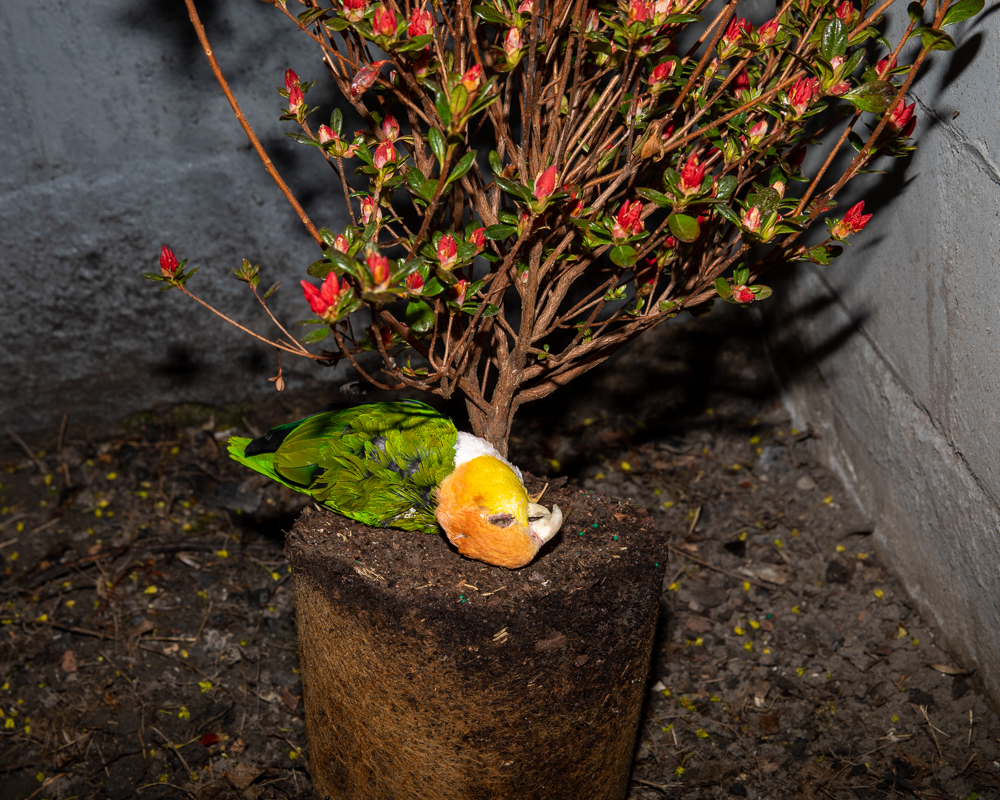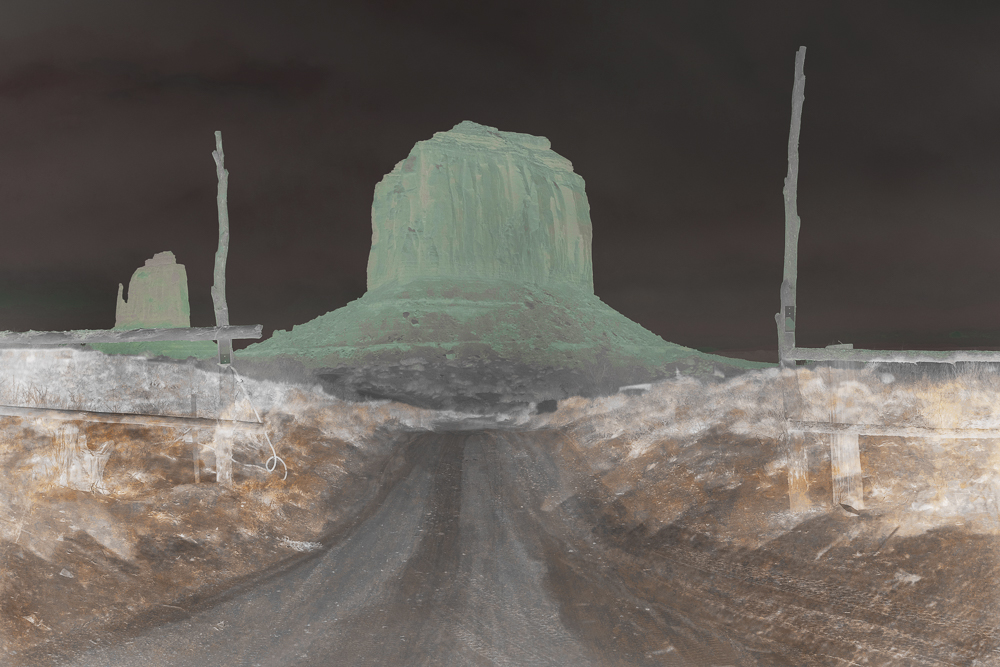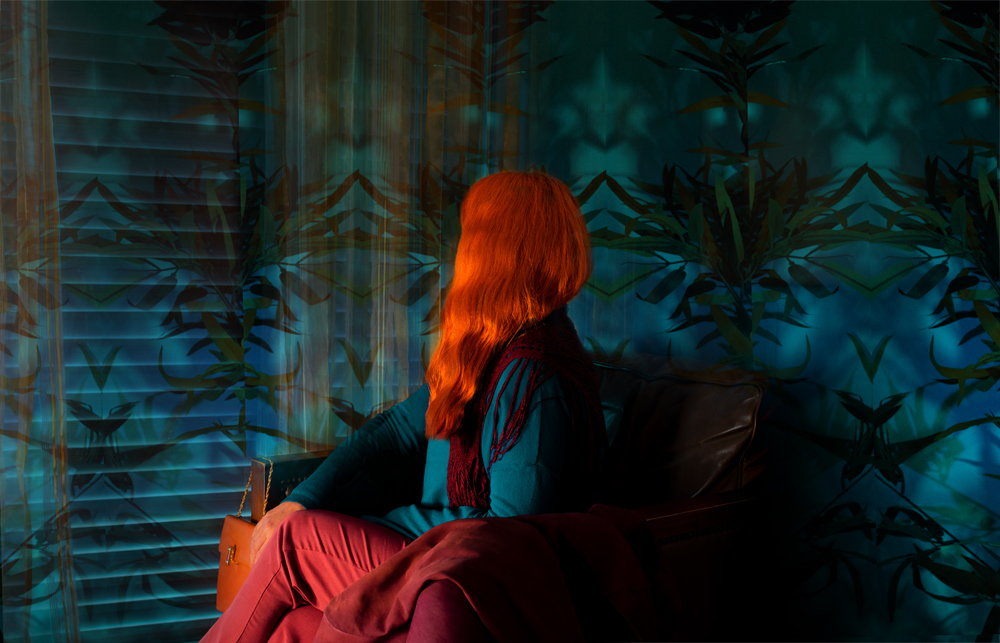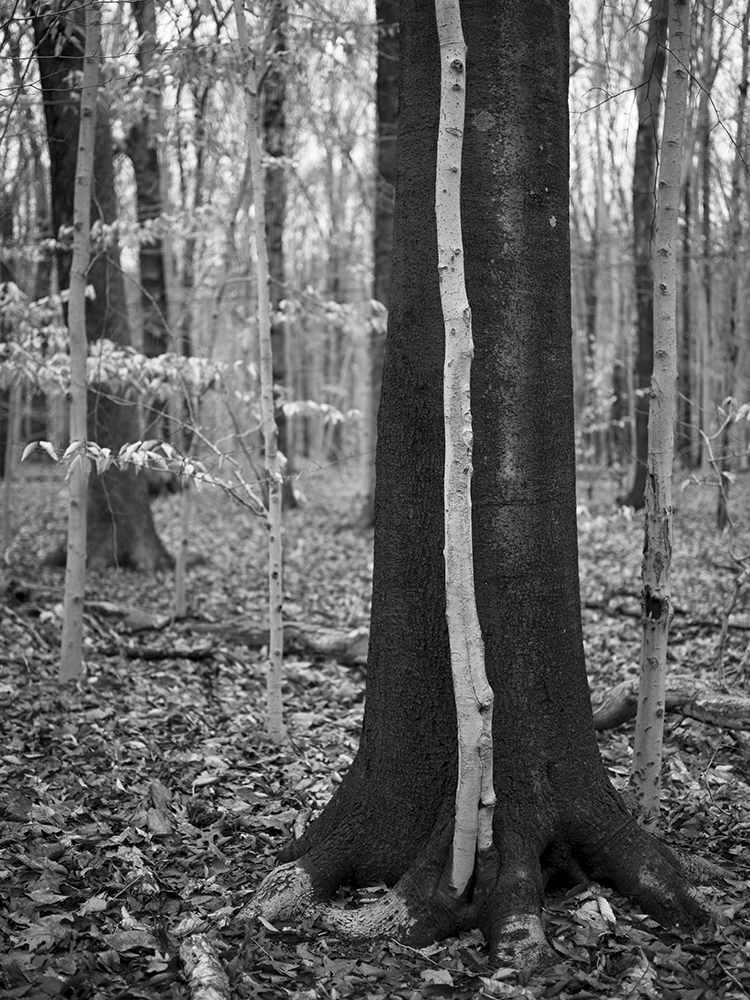Highlights from The Month of Photography Denver Reviews
Last weekend I had the great pleasure of reviewing photographers during the Month of Photography Denver Portfolio Reviews, hosted by the Colorado Photographic Arts Center, as part of the Month of Photography Denver. The Month of Photography Denver (MOP) is a biennial festival that celebrates the photographic medium through public exhibitions, events and programs at more than 75 museums, galleries, and other participating spaces across the Denver Metro region. I have attended several times in person and not only enjoyed the reviews, but attended exhibitions and events through out Denver. This year, those exhibitions are well under way (be sure to check them out on the MOPD site), but the reviews were done remotely on ZOOM. In attendance were 66 photographers and 35 reviewers, all excited to be in conversation over Saturday and Sunday.
 Today I am featuring a few of the projects I enjoyed at the reviews. I am always so happy to meet with photographers and have their work enriched by their stories and person.
Today I am featuring a few of the projects I enjoyed at the reviews. I am always so happy to meet with photographers and have their work enriched by their stories and person.
I begin with Justin A. Carney, an MFA student at Indiana University Bloomington, who brought two projects to the reviews. His project, Regards to the Land I Step Upon, was compelling for his use of sanding to describe feeling of disconnection. He states, “My feelings of a lack of belonging in regard to the land that I step upon are at the core of my current work. My life is currently in flux, moving from one place to the next and constantly traveling across state lines to visit family and to go to school and work. The sanded areas of the print represent a fracture in space, creating a disconnect between the place and myself. The land that I step upon continuously fades away and only fragments of it exist in my mind, sometimes mostly forgotten – forever in a state of farewell.”
Justin A. Carney uses photography to explore human connections—the bonds that keep a family together, how those bonds shape an individual, and how humans relate to the landscapes around them. He is currently pursuing his MFA in Photography at Indiana University, Bloomington. His work has been exhibited at the Pingyao International Festival in China; the International Exchange Exhibition at Keimyung University in South Korea; and the 2017 Governor’s Awards for the Arts in Lancaster, Pennsylvania. Justin A. Carney currently lives and works in Bloomington, Indiana. IG @joule_zei
R.I.T.MFA candidate Robert Stone brought his beautifully seen project, Epilogue to Resonance to the reviews. He states that the project “is a coda to the thirty some-odd years that I have spent unsure of why I was unable to understand others, and why they were unable to understand me. It reflects a life spent with invisible barriers. Moreover, it parallels the end of a chapter in our lives—a time when we were free to roam without physical barriers. Although not directly about the occurrences of the 2020 pandemic, it represents the thoughts and emotional response I had to it. This work would not exist if it weren’t for the forced isolation, anxiety, sadness, and introspection that occurred because of this global experience.”
Robert Stone is an American photographer and visual artist, born and raised in Bridgeport, Connecticut. He studied at the Hartford Art School receiving a B.F.A. in Photography, and a minor in Art History. A former Launchpad Member at the Five Points Center for the Visual Arts, he is currently an M.F.A. candidate in Photography and Related Media at the Rochester Institute of Technology, in Rochester, New York. His work centers on themes of memory, emotional trauma, domestic spaces, the veiled surface of the American psyche, and the tensions tied to our abridged life. IG @robertarthurstone
Meredith Miller attended the reviews from Connecticut and brought a number of interesting projects. After this pandemic year, the consideration of legacies and what’s left behind have become more important. Her elegant and celestial series Revenants: Memories of Books comes from her day job as photographer of books and collection materials in her role as photographer at Beinecke Rare Book and Manuscript Library. As she states, Brittle books often shed bits and pieces of their bindings and flecks of paper from their delicate pages when photographed. After I have photographed a book, I capture what was left behind before I remove the debris. With Revenants: Memories of Books, I not only provide digital surrogates to our library’s accessible holdings, but I also provide researchers with unexpected documentation of the collection.
Meredith Miller received her undergraduate degree in Latin American Studies and Visual Art from the University of Chicago in 1998 before earning an MFA in Photography in 2003 from Yale School of Art, where she also won the Blair Dickinson Memorial Prize. Her photographs are included in the collections of the Danforth Museum of Art and the Yale University Art Gallery. She works as a Senior Photographer at Yale Beinecke Rare Book and Manuscript Library and teaches at Southern Connecticut State University. IG@meredithmillerphoto

©Meredith Miller, The Colored American magazine v.1 (1900:May)-‐v.17:no.5 (1909:Nov.) New York, Moore Pub. and Print. Co (JWJ A +C7195), 2015

©Meredith Miller, James Weldon Johnson and Grace Nail Johnson papers, Johnson, James Weldon and Johns, Grace Nail circa 1850-‐2005 (JWJ MSS 49), 2015

©Meredith Miller, Landmarks on the emigrant tail; a portfolio of Nevada watercolors Sheppard, Craig c1971 (1977 Folio 30), 2014
Los Angeles photographer Debe Arlook brought several compelling projects to the event. Her series, Foreseeable Cache uses landscape to create a visual space for meditation and contemplation. She states, Surrounded by sublime, iconic views of the American West, I am entranced by her mysticism and transported into a peaceful, mindful state. As a long-time mediator, these abstracted landscapes represent an alternate reality of meditation and what this feels like to me. Intuitively made with in-camera double exposure, dual imagery is a metaphor for the internal and external landscape and merging of the physical and spiritual realms. A translucent veil symbolizes the chattering mind, external noises and shifting into and out of mindfulness. Surreal and artificially colored, each image creates a range of emotional responses from the viewer and hints at the remembrance of the known.
Debe Arlook is an American photographer based in Los Angeles. A BA in Filmmaking & Minor in Psychology, American University, Washington D.C., former career as a Life Coach and dedicated meditation practice inform her work. She alternates between traditional photography and photo-based artwork to reflect her inward and outward gaze of natural and man-made landscapes. Arlook’s project, Foreseeable Cache, is presently on view with Griffin Museum of Photography, MA, Dab Art, CA, and recently included in Photolucida’s Auction. Her work has been exhibited in national and international venues and widely published. IG @debearlook
Ioanna Natsikou attended the reviews from her home country of Greece. She shared a brilliantly colored series, Interlude in Blue, of self-staged portraiture touching upon themes of loneliness, isolation and alienation while dealing with ideas of beauty, fantasy, theatricality and reality. Her series of self-portraits is a journey exploring physical displacement, urban loneliness as well as social and psychological dislocation.
Ioanna Natsikou is a Greek visual artist. Her work is motivated by personal experiences and stimulating challenges, pursuing the disruption of reality, utilizing the creative power of imagination with a view to highlighting the dynamics of non-mimetic visual narratives.She is the winner of FORMAT 2021 patron Award, selected by FORMAT Patron, Brian Griffin. Her work has been selected and featured in the annual publication Fresh Eyes 2020, powered by GUP magazine. Ioanna was declared Amateur Fine Art Photographer in the 6th Annual Fine Art Photography Awards. IG @natsikoui
I was very moved by Amy Lowey’s project, Symbiosis, where she looks to nature for comfort from the stresses of being a caretaker. As her personal relationship with a partner with dementia removes her intimacies and tender touches of a loved one, she recognizes those gestures in the woods on her daily walks. She shares her story here: My husband has a rare form of dementia which affects his behavior and personality. Every few years or so I am married to a different person. It is hard to say exactly when the person I married left and when these new altered versions of him started showing up. It’s been gradual. I can tell you that throughout the years the new people who come and go inside the man I married have become more and more distant to me, both physically and emotionally. The man inside my husband’s shell is a stranger to me. I have become his caretaker. Each day before he wakes I spend the early hours wandering the woods under the pretense of walking the dog. The woods have become my escape. The well-worn paths I travel don’t betray me with change. The mountains and stay the same. The seasons and their shifts are constant and cyclical. In the woods, the trees tear at my heart strings. I see their tender gestures. I see their bodies pressed against each other. I see them supporting each other. The trees achieve the intimacy and tenderness that I long for.
Amy Lowey’s photographs of the woods contemplate difficulties like the loss of intimacy, the loss of freedom, and the subsequent search for hopefulness. Lowey’s work has been featured on A Photo Editor, LA Photo Curator, Don’t Take Pictures, and South x South East Photo Magazine. She has exhibited at The Joseloff Gallery in West Hartford, CT; Five Myles Gallery, Brooklyn, NY; Baxter Street Gallery, NYC; Institute Library, New Haven, CT; and The Center for Contemporary Printmaking, Norwalk, CT. Lowey worked as a photojournalist for 10 years for New Jersey News, and recently completed an MFA in photography from The University of Hartford’s limited-residency program.
Photographer Molly Wood brought several stunning projects surrounding botanical still lifes. I was intrigued by her series Fatal Flora that relates to toxic relationships and uses plants that can be medicinal or poisonous as symbols of the complexities of human connections.
Molly Wood is an Iowa-based photographer who is inspired by window light and Northern Renaissance still life paintings. She creates large-scale images using botanicals as metaphors for life experiences. Works from Fatal Flora were recently shown in Wood’s first solo museum exhibition at the Dubuque Museum of Art and will be shown at the Sioux City Art Center later this year. IG @mollywoodphoto2
I had the great pleasure of chatting with photographer Paul Stein about his career of advocating for refugees, but the work he brought to the reviews comes from his love of collecting found photographs. His project, Lies pairs vernacular photographs with the assumption that photography is a tool for visual thinking, and asks us to think about questions of: Memory: While there might be consistency in how images are made, and cohesion in how images are exhibited, how are images linked in memory to summarize and catalogue the arc of a life? Appropriation: What are the boundaries for “taking” a picture and what does it matter who shoots? Mortality: How will we ourselves – our quotidian lives and the images we create – be appropriated and remembered by others decades from now?
Since studying with Nathan Lyons at the Visual Studies Workshop in the 1970s, Paul Stein has continued to make and exhibit sequenced-based photographs. He has a deep interest in the ongoing practice of vernacular photography. He also consults for organizations that serve refugees and immigrants, focusing on cross-system frameworks that promote integration, asset development, and program sustainability.
Thanks to the Colorado Photographic Arts Center for this wonderful opportunity!
Posts on Lenscratch may not be reproduced without the permission of the Lenscratch staff and the photographer.
Recommended
-
2023 in the Rear View MirrorDecember 31st, 2023
-
The 2023 Lenscratch Staff Favorite ThingsDecember 30th, 2023
-
Inner Vision: Photography by Blind Artists: The Heart of Photography by Douglas McCullohDecember 17th, 2023
-
Black Women Photographers : Community At The CoreNovember 16th, 2023







































































